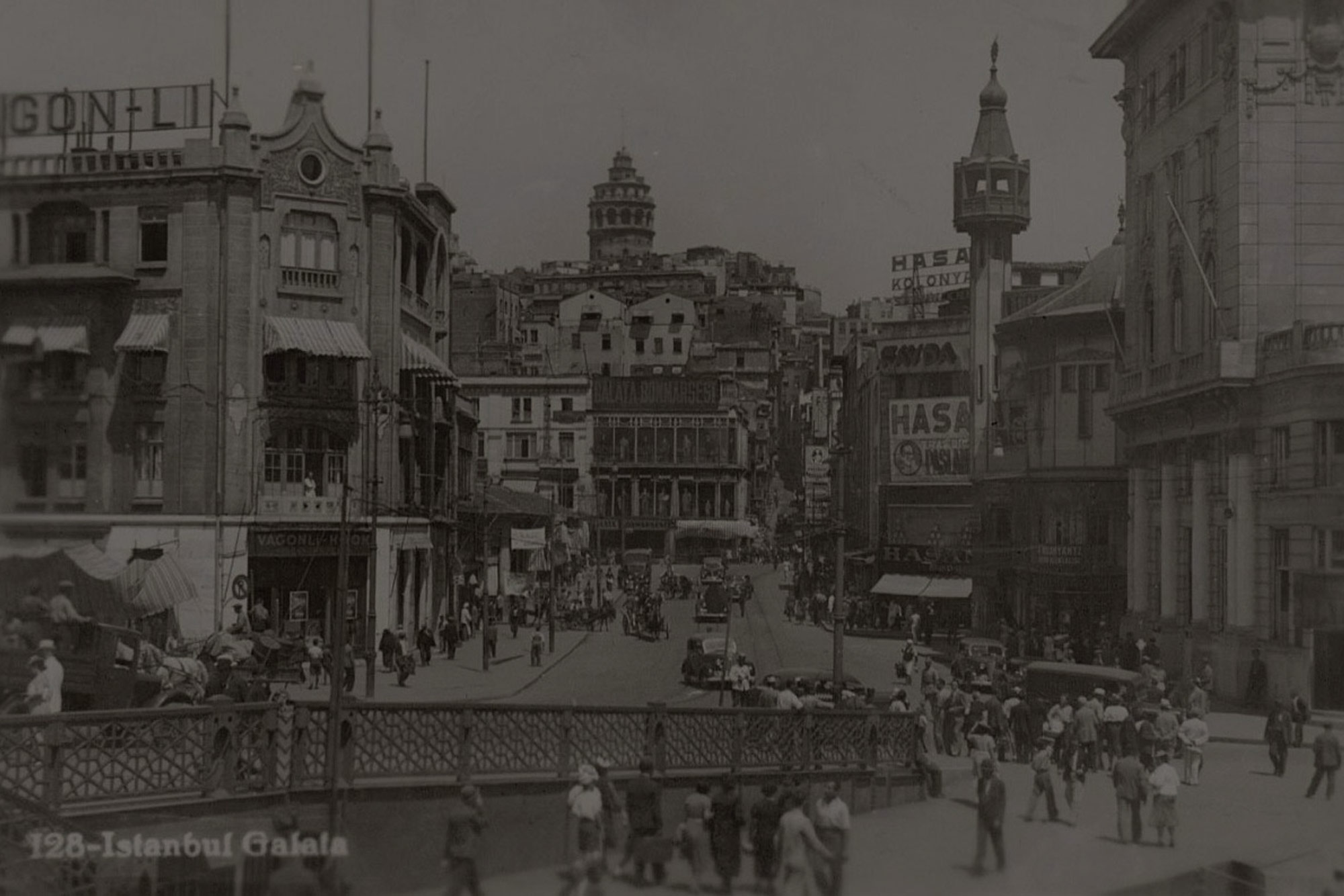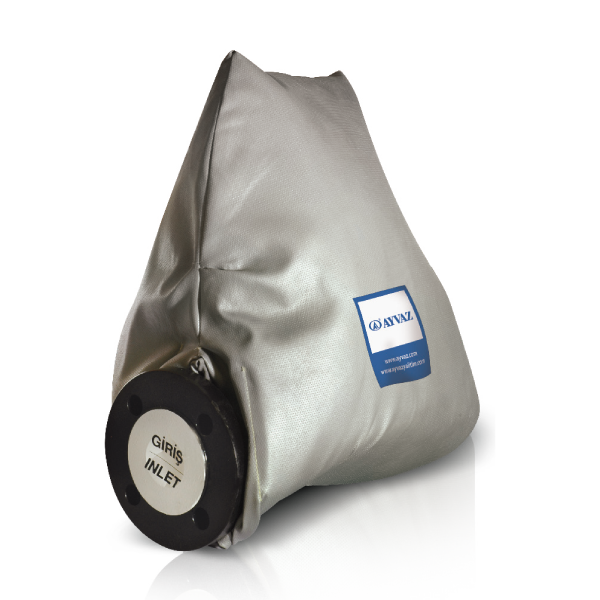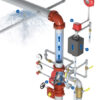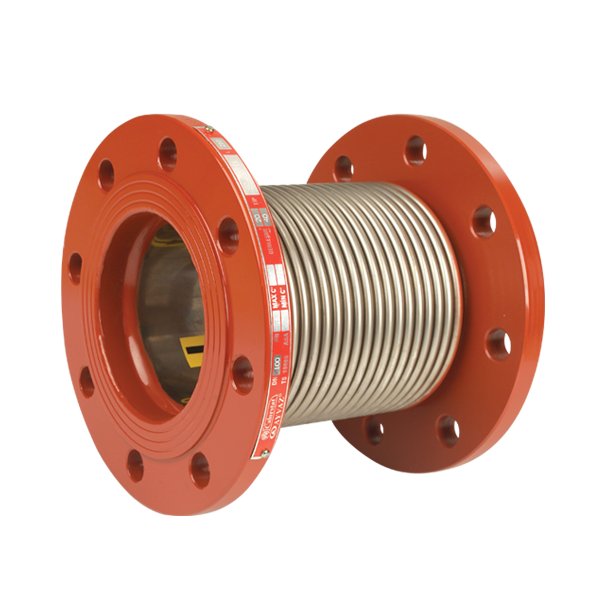
Foam Suppression Systems

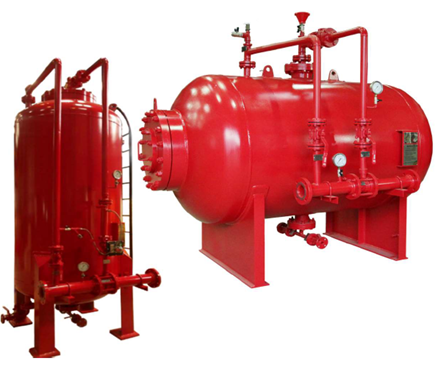
Bladder Tank
The Diaphragm Bladder Tank is the foam storage and foam evacuation component of a balanced pressure foam proportioning system.
In order to extinguish it, the water coming from the system is applied pressure to the foam filled membrane and it is ensured that the foam is discharged to the proportioner and from there to the fire hazard area.
This foam solution is transferred to various foam discharge devices such as foam water nozzle, monitor and foam pourers, and extinguishing is done in the environment.
Bladder Tanks are designed and prepared in accordance with ASME standards.
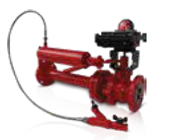

Ratıo Controller and Foam Concentrate Control Valve

Bladder Tank Diagram
Have a question about fire protection products and solutions?



